The Intel Ivy Bridge (Core i7 3770K) Review
by Anand Lal Shimpi & Ryan Smith on April 23, 2012 12:03 PM EST- Posted in
- CPUs
- Intel
- Ivy Bridge
Intel HD 4000 Explored
What makes Ivy Bridge different from your average tick in Intel's cycle is the improvement to the on-die GPU. Intel's HD 4000, the new high-end offering, is now equipped with 16 EUs up from 12 in Sandy Bridge (soon to be 40 in Haswell). Intel's HD 2500 is the replacement to the old HD 2000 and it retains the same number of EUs (6). Efficiency is up at the EU level as Ivy Bridge is able to dual-issue more instruction combinations than its predecessor. There are a number of other enhancements that we've already detailed in our architecture piece, but a quick summary is below:
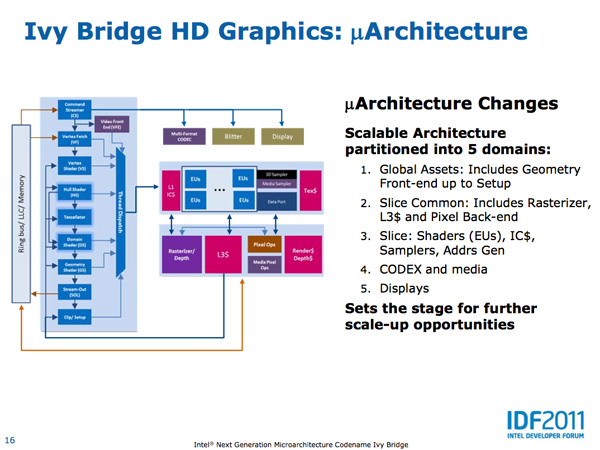
— DirectX 11 Support
— More execution units (16 vs 12) for GT2 graphics (Intel HD 4000)
— 2x MADs per clock
— EU can now co-issue more operations
— GPU specific on-die L3 cache
— Faster QuickSync performance
— Lower power due to 22nm

Although OpenCL is supported by the HD 4000, Intel has not yet delivered an OpenCL ICD so we cannot test functionality and performance. Update: OpenCL is supported in the launch driver, we are looking into why OpenCL-Z thought otherwise. DirectX 11 is alive and well however:
Image quality is actually quite good, although there are a few areas where Intel falls behind the competition. I don't believe Ivy Bridge's GPU performance is high enough yet where we can start nitpicking image quality but Intel isn't too far away from being there.
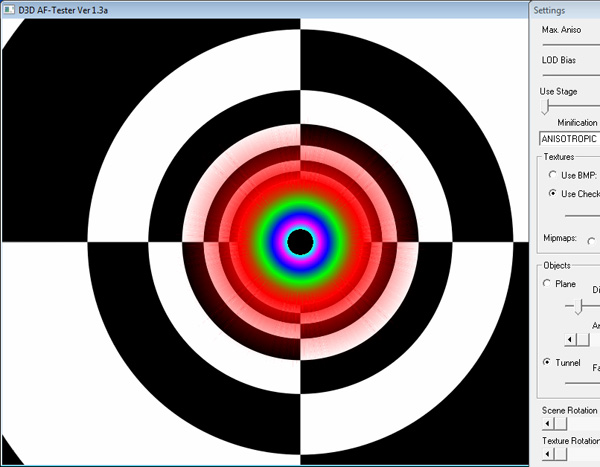
Current state of AF in IVB
Anisotropic filtering quality is much improved compared to Sandy Bridge. There's a low precision issue in DirectX 9 currently which results in the imperfect image above, that has already been fixed in a later driver revision awaiting validation. The issue also doesn't exist under DX10/DX11.
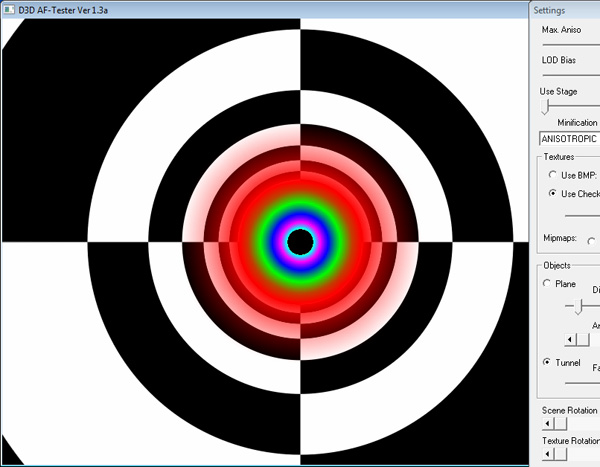
IVB with improved DX9 AF driver
Game compatibility is also quite good, not perfect but still on the right path for Intel. It's also worth noting that Intel has been extremely responsive in finding and eliminating bugs whenever we pointed at them in their drivers. One problem Intel does currently struggle with is game developers specifically targeting Intel graphics and treating the GPU as a lower class citizen. I suspect this issue will eventually resolve itself as Intel works to improve the perception of its graphics in the market, but until then Intel will have to suffer a bit.
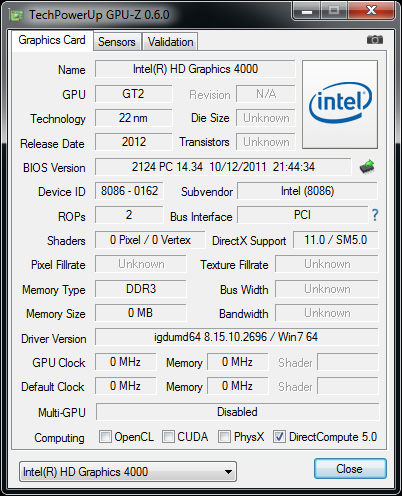








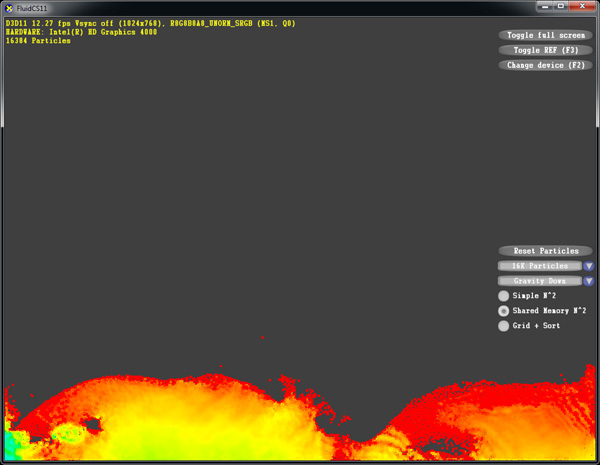














173 Comments
View All Comments
sld - Wednesday, April 25, 2012 - link
.... and in this multivariate comparison you choose to ignore the superior battery life which makes Llano a serious competitor in the mobile space.midn8t - Thursday, June 28, 2012 - link
this the frames pre secound for CPU, you cant really figure out well when gamming its all mostly based around what ever video card they used, in this artical so I would have to guess that they might have used diffrent GPU video card in each system.obivuously they cant use same motherboard for amd vs intel
Also I find it wired that other reciews have Rated the phenom II x6 lower in preformance then the FX chip makes it wired how these review claims that the phenom II which is lower grade CPU is more powerfull then the top of the line AMD product out.
zeagus - Wednesday, April 25, 2012 - link
A huge chunk of text is spent explaining how while its a step in the right direction, they need to do more on the GPU side of the equation. Take off your strangely coloured glasses.wingless - Monday, April 23, 2012 - link
EDIT: I'M NOT KIDDING. I bought my 2600K the Friday before last for $199 and paired it with an ASUS P8Z77-V PRO. Ivy Bridge is simply too hot and lacks OC performance.I overclock so I WILL be keeping my 2600K for the foreseeable future!
fredisdead - Sunday, April 29, 2012 - link
So HD4000 igp is weaker than last gen Brazos ?? Based on the leaked Trinity benchmarks, Trinity blows any Intel igp into the weeds, never mind the ( already 1.5 yr old ) Brazos, which is 'only' 5% faster.fredisdead - Sunday, April 29, 2012 - link
So HD4000 igp is weaker than last gen Brazos ?? Based on the leaked Trinity benchmarks, Trinity blows any Intel igp into the weeds, never mind the ( already 1.5 yr old ) Brazos, which is 'only' 5% faster.1ceTr0n - Monday, April 23, 2012 - link
I'll keep my 2500k @ 4.6ghzNot kidding
smookyolo - Monday, April 23, 2012 - link
And I'll keep mine at 4.9GHz.But that's just because I'll be waiting for the tock, not the tick.
I will however be getting a Ivy Bridge Laptop soon.
Flunk - Monday, April 23, 2012 - link
Me too, the 2500K is a great chip. Especially with watercooling.Ratman6161 - Monday, April 23, 2012 - link
For anyone like me who already has a Sandy Bridge quad core (mine's a 2600K) it wouldn't make a lot of sense to "upgrade" to an Ivy bridge. But for those with older systems looking to upgrade, these actually seem like pretty good deals. @ $313 the 3770K is cheaper than the 2700K and cheaper than the typical price on a 2600K (unless like me you are lucky enough to live near a Micro Center).As to those complaining about graphics, come on. Will anyone who really cares a lot about graphics, particularly gaming, be using the on board graphics anyway?